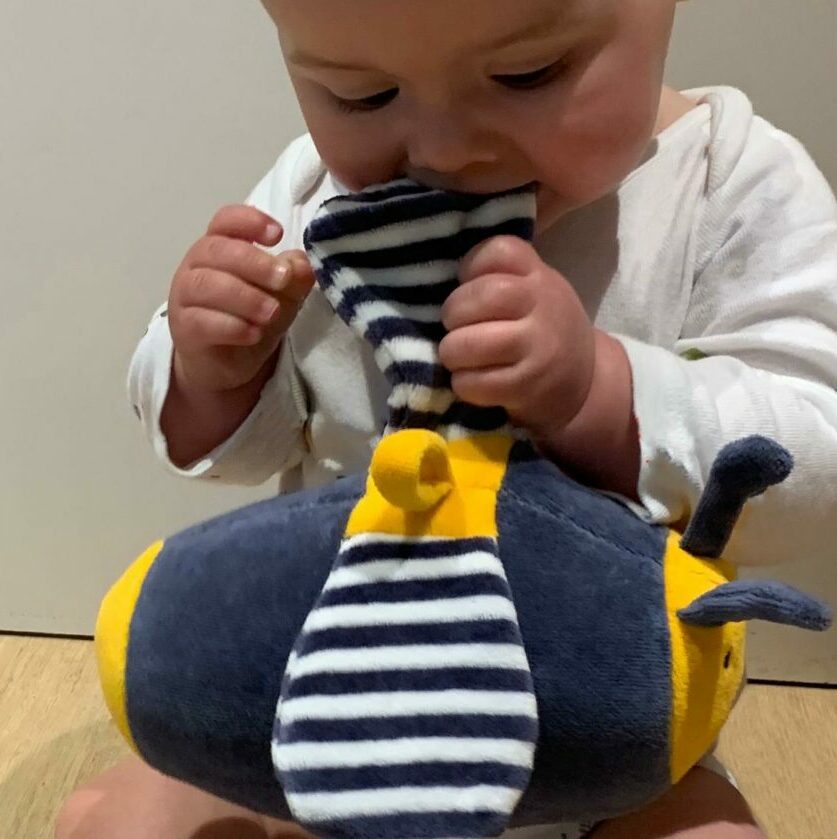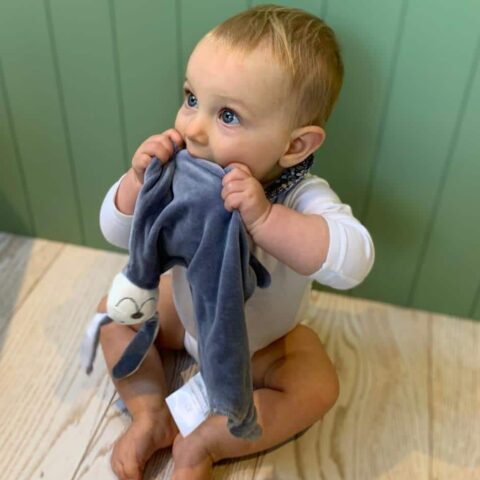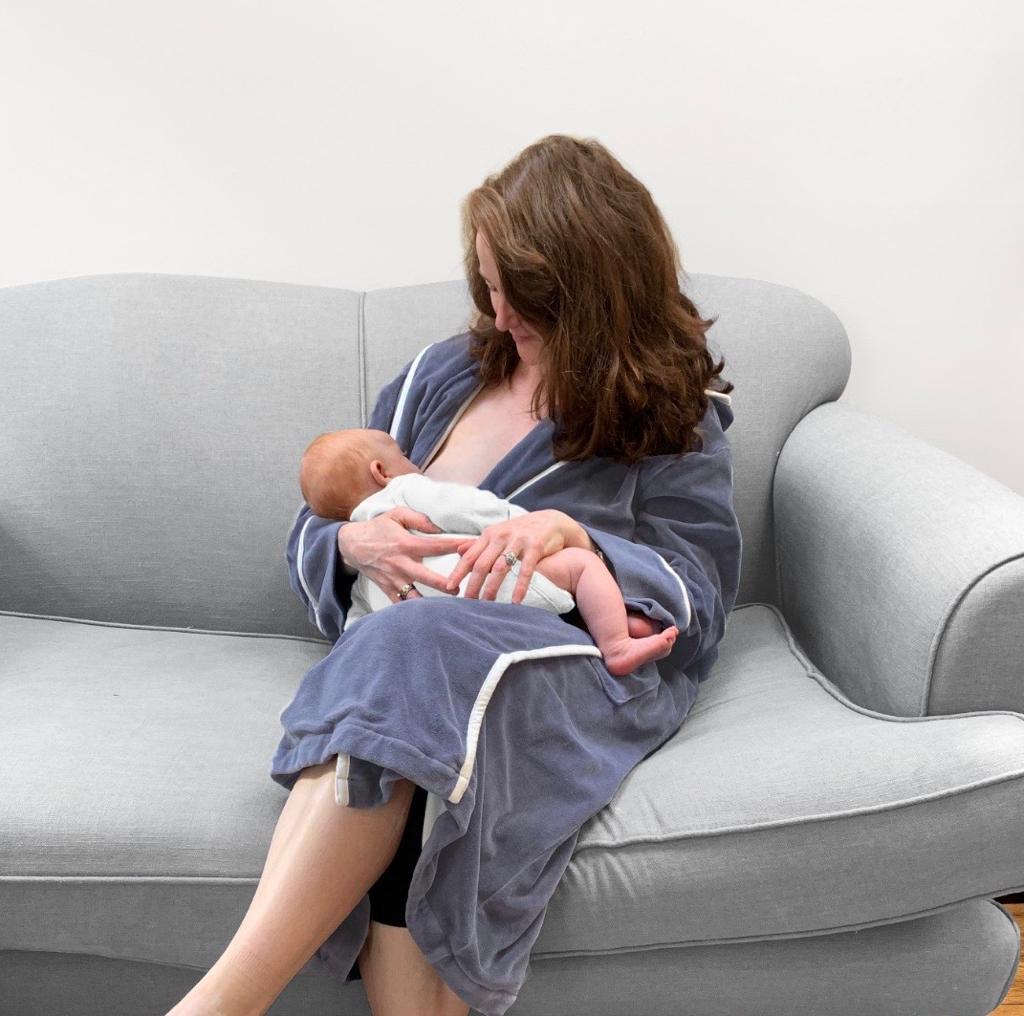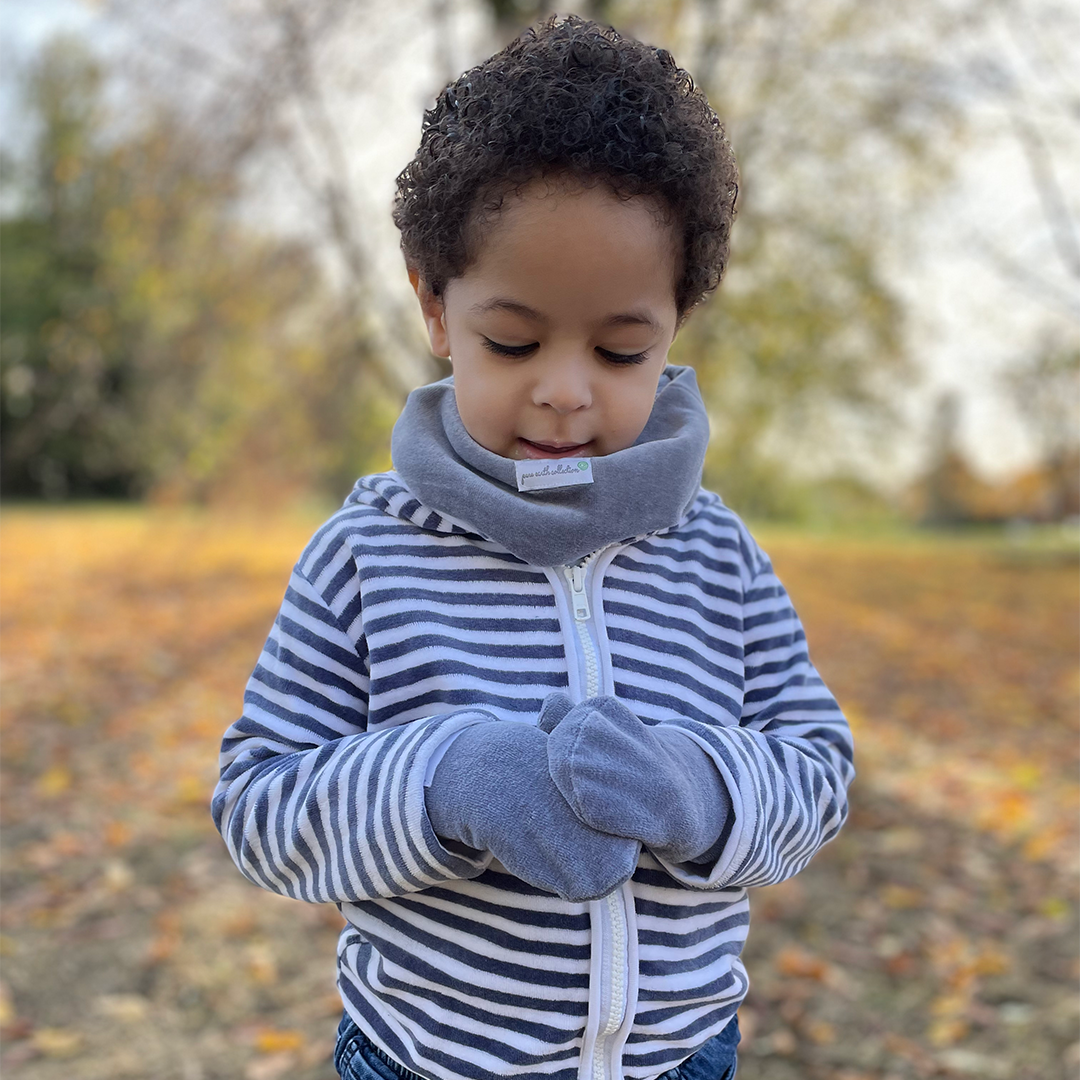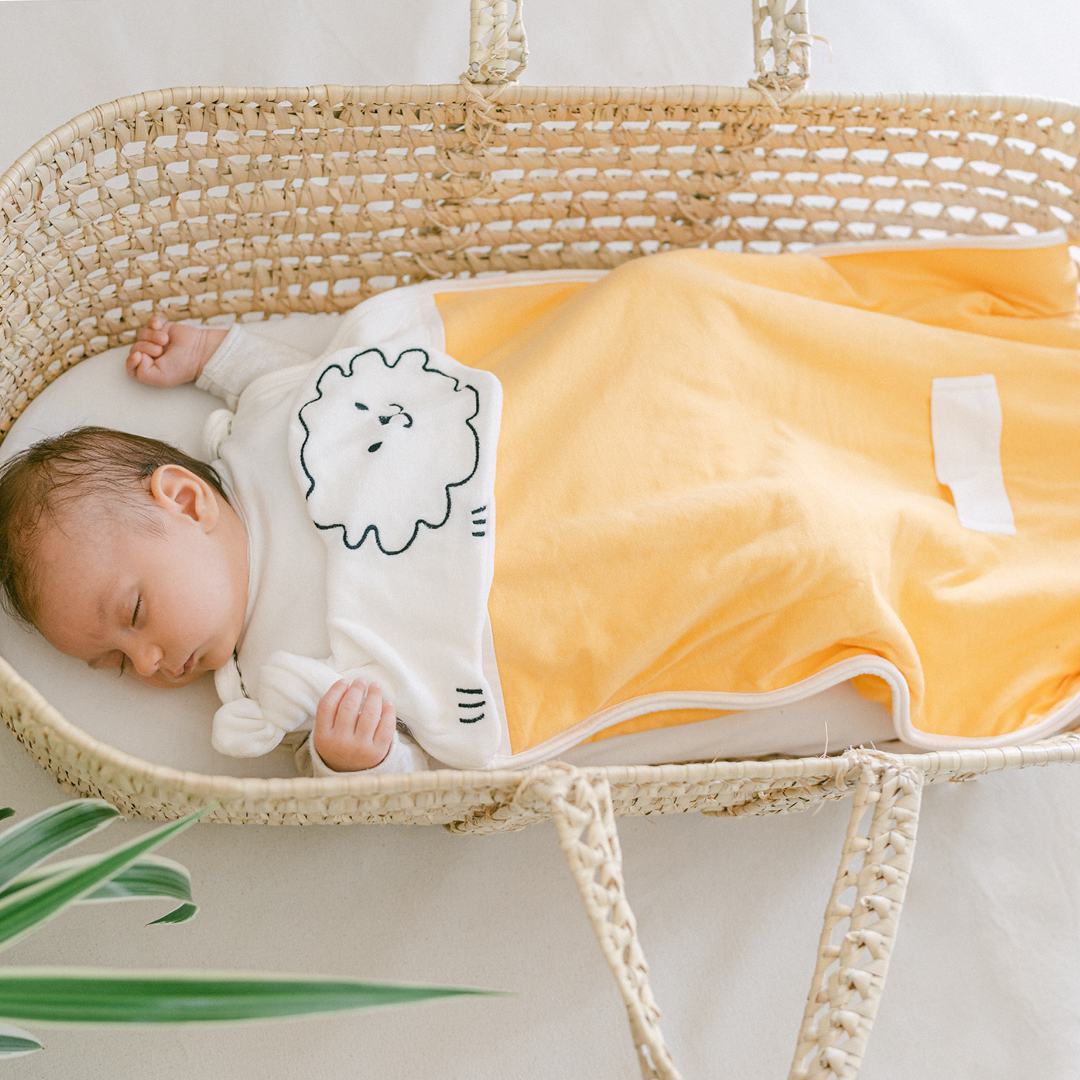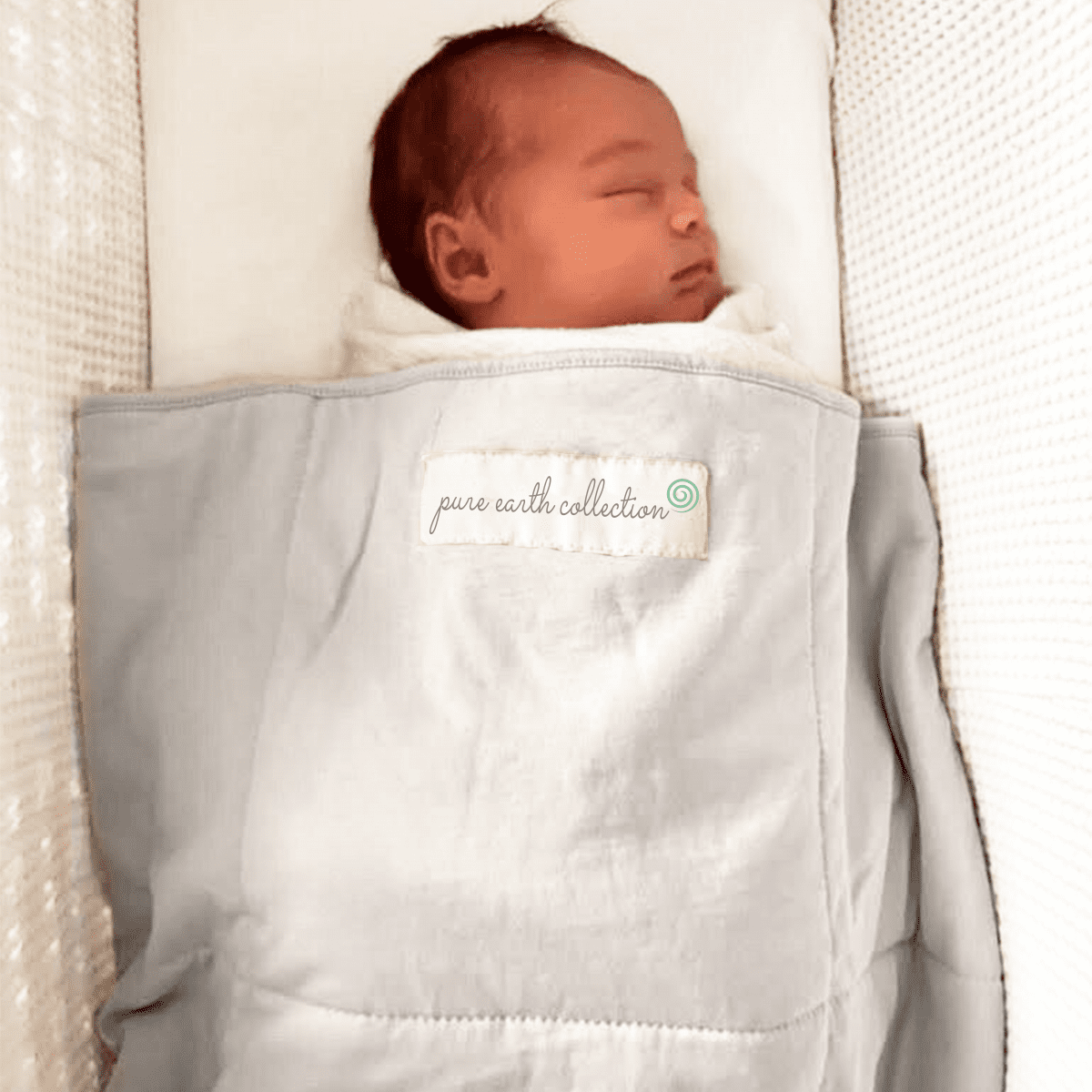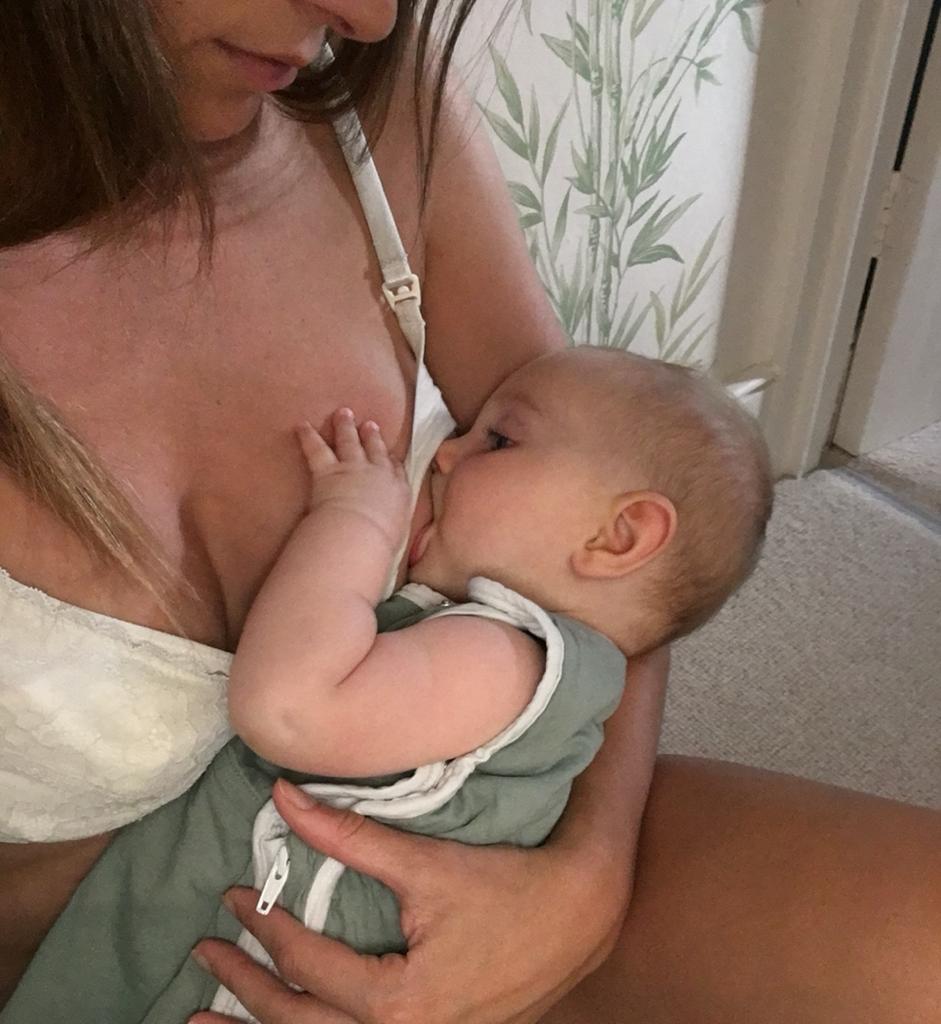
Recently microplastics have been found in the human blood, in mother’s placentas and are 10-20x more prevalent in baby poo than adult poo. Now, a study published this week in the journal Polymers has found that 75% of human breastmilk samples contained microplastics. But please don’t stop breastfeeding! Sadly bottle-fed babies are thought to ingest millions of microplastics every single day, so stopping breastmilk is not the answer. The good news is, there are lots of things we can do at home to reduce our exposure to microplastics (for bottle or breastfed babies) and get ourselves into the 25% of plastic-free breastmilk stats. While at the same time hugely reducing other sources of microplastic exposure for our families. Here we’re going to talk you through why the problem has suddenly become so big and how we as parents have the power to hugely influence the level of microplastics our kids are exposed to.
Why are plastics suddenly getting so much attention?
With over 350 million tonnes of plastic produced around the world every year, 40% of which are for single-use products, plastics have quickly become one of the biggest environmental and health risks we’re facing today. When plastics start to degrade and break down the problem is further accelerated as they quickly turn into microplastics – tiny particles which are so small they are impossible to clean up and become permanent pollutants around the world. Microplastics have now become so abundant on the planet that they’ve been found at the top of remote mountains, in the sand of uninhabited islands, in almost all tested sea life, in the water we drink, the food we eat and the air we breathe.
Scientists are working hard to more fully understand the health risks these microplastics are creating for humans. What we do know is that plastics contain harmful chemicals which are released into our bodies as the tiny particles break down inside us. These are known endocrine disruptors and have been linked to cancer, infertility, altered neurological development, obesity and other major life-changing diseases. According to Lucinda Miller, a child health specialist at Naturedoc Clinic “Early exposure to microplastics is thought to affect metabolism as well as hormones which can lead to early puberty in girls and late puberty in boys – we all need to do our best to avoid microplastics when pregnant and breastfeeding.” Infants and young children are the most vulnerable to chemical contaminants, so it’s important we do everything we can to limit our family’s exposure and also cut down on our own plastic waste to stop the problem from escalating further.
With a few simple changes, there really are lots of things we can do as parents to significantly reduce the microplastics in our own homes, and therefore reduce the risk to our families.
How do microplastics get into our bodies?
In order to understand how to reduce our exposure to these tiny toxins, it’s important to understand how they are getting into the human body. There are three routes:
- Inhalation: Microplastics are in the air that we breathe, they’re released at an alarming rate by synthetic fabrics meaning they can drastically pollute indoor air and have been found in air samples in remote parts of the Alps.
- Ingestion: Via food, water and drinks, but also via directly sucking on plastic and polyester products. That innocent-looking teddy your baby likes to chew? It’s likely made from polyester and will be shedding thousands of microplastics into their stomachs.
- Skin contact: The really tiny plastic particles have been shown to cross the skin barrier and enter our bloodstream. Remember, our skin is very porous and can absorb things into our bodies within just 20-30 seconds of contact.
How to cut down your exposure to microplastics
- Avoid synthetic fabrics: It’s likely that the majority of micro-plastic exposure in our homes comes from the air that we breathe. Synthetic fabrics are constantly releasing thousands of microplastics into the air each second. In fact, the recent study done by Good Morning Britain and The University of Portsmouth found that the air in a typical 8-year-old child’s bedroom contained around 22x more microplastics than the rest of the house – which was a direct result of the number of synthetic fabrics the child had in her bedroom. What’s more is that young children often chew or suck on teddies and other fabrics, creating another worrying route into their bodies for these toxins. Soft toys, clothing, blankets, cushions, carpets and soft furnishings can be a huge source of airborne micro-plastic pollution if they’re polyester or nylon, so make sure you swap out as many of these as possible in favour of more natural options. This is by far the quickest and most significant change you can make to reduce your family’s micro-plastic intake. Pure Earth Collection do an adorable range of organic cotton soft toys (with bamboo stuffing) as well as organic dressing gowns, snoods, mittens and more. We’re passionate about keeping the air that your little ones are breathing, and the fabrics that they are chewing on, natural and pure to avoid unnecessary plastic ingestion.
- Cut down on kitchen plastics: Storage containers, serving utensils and food packaging have been shown to be major contributors to microplastics in our food. There are lots of great glass food storage options available now, many of which have the added benefit of being freezer and oven proof too so they’re way more practical too! If you do use plastics in the kitchen avoid heating them up and never put them in the dishwasher as this has been shown to speed up the release of the bad stuff. Avoiding processed foods will also help limit your exposure as the more processed an item is, the more points of contact it’s likely to have had with plastics along the way.
- Swap bottled water for tap water: Studies on tap water have shown it contains less than half the amount of microplastics than bottled water. Invest in a good water filter which will further reduce the plastics (and other contaminants) in your drinking supply.
- Choose glass or stainless steel feeding bottles: Sadly, bottle-fed babies are thought to ingest millions of microplastics every day as a result of micro-plastics released from the bottles. This is made worse by the high temperatures the bottles are subjected to in dishwashers and sterilising machines. Luckily glass feeding bottles are becoming more mainstream and will hugely reduce your baby’s intake of micro-plastics (whether expressed breast milk or formula feeding). We love the glass bottles by Hevea which come with natural rubber teats.
- Limit your intake of shellfish and other small fish: Sadly with the increase of micro-plastic pollution in our seas, our sea life now contains a lot of plastics. The best ones to avoid for the biggest effect are shellfish and other small fish as the microplastics are most concentrated in the stomachs and guts of the fish. So if you’re eating the whole thing, you’ll be exposed to more plastics than if you were eating a filleted fish.
- Choose natural breast pads and feeding bras: Many disposable breast pads contain plastics and other chemicals such as phthalates. Consider changing to washable organic cotton breast pads instead. Similarly it’s best to choose cotton feeding bras over polyester.
Beware of greenwashing around ‘eco’ or ‘recycled’ polyester
Sadly, there’s a lot of greenwashing going on at the moment about so claimed ‘sustainable’ clothing made from ‘recycled plastic bottles’ or ‘ocean waste’. While these companies may have good intentions about not using virgin plastics in their products, the reality is that breaking down plastic bottles into synthetic fabrics accelerates the environmental disaster and the associated human health consequences as these bottles have essentially just been turned into primary microplastics. The fabrics they have been made into will release thousands of micro-particles into the air we breathe, the water we drink and the seas our planet depends on, and these tiny plastics can never be got back. It’s easier to clean up plastic bottles from our oceans than gather up millions of microscopic particles. Plus, ‘eco’, or ‘recycled’ polyester is just as harmful to human health as virgin polyester, so it’s equally as important to avoid to protect our families from unnecessary micro-plastic exposure.
Some of our favourite plastic-free products:
Why they’re important: Over 95% of soft toys are made from fluffy polyester, which not only releases thousands of micro-plastics into the air our little ones breathe, but they are also often sucked and chewed on, clogging up our baby’s insides with plastic fur balls. It’s so important to ensure all your children’s teddies are made from natural fabrics inside and out.
Why they’re important: Fluffy fabrics often used in dressing gowns, mittens, scarfs and snoods are more prone to shedding micro-fibres than non-fluffy fabrics. Dressing gowns are often what we wear when we’re breastfeeding or cuddling our kids, so keeping these natural will help keep their air clean. Mittens and snoods are prime ‘chewing’ targets for small children too, so eliminating plastic-based fabrics here is key.
Why they’re important: The majority of baby sleeping bags and blankets use polyester wadding inside. Not only will this shed microplastics into their nighttime air, but it’s also not breathable and can easily lead to overheating. Watch out for ‘hidden’ polyester wadding as many companies make claims that their bags are totally natural, but when you read the small print you’ll find polyester inside.

